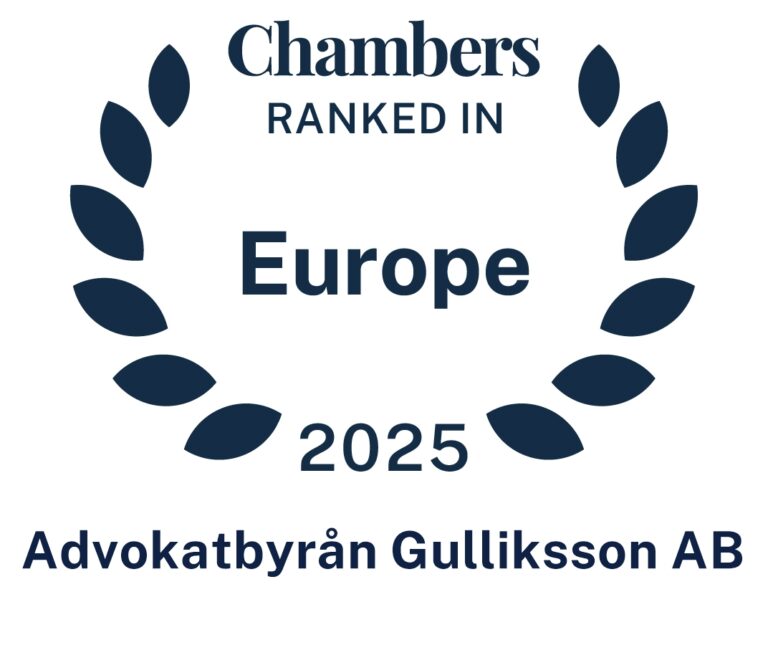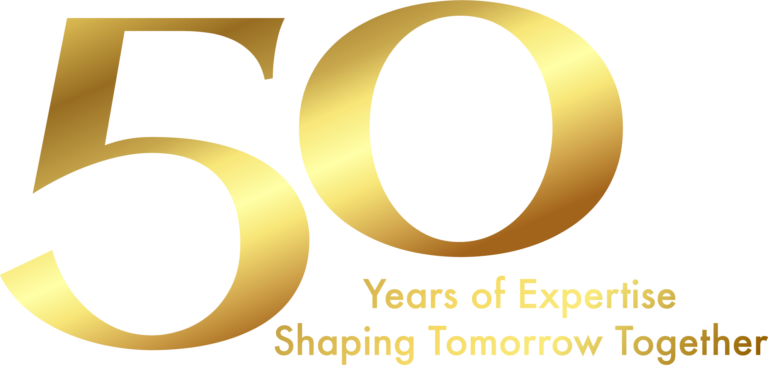“What’s in a name?” So begins the famous quote from one of the titular characters in Shakespeare’s Romeo and Juliet, as she laments the name of her beloved. While the quote is no doubt flowery in every sense of the word, it does however pose the question of what exactly a name can be filled with. While it is true that a rose by any other name would smell just as sweet, from a business point of view – words and names may not only have semantic meanings, they may also very well have commercial value. This is especially true for the type of names that are typically used in a commercial sense, more specifically trademarks.
So how much is a name worth? Or, to be more specific, how much is a trademark worth? “Nothing and everything” is usually the go-to reply when you pose this question to a trademark attorney. After all, a trademark is only as valuable as what you fill it with in a commercial sense. But the question remains – is it actually possible to determine the value of a trademark? I would argue that it is. Or at the very least to get a ballpark estimate.
But how do we put a value on the trademark without just picking a number out of thin air? Given the intangible nature of trademarks, they have (perhaps rightfully so) a reputation of being hard to put a tangible price tag on. However, reality shows us time and time again that when companies are sold, trademarks oftentimes make up more than 80% of the total purchase price, give or take. The end price of course depends on various deciding factors, such as the size and turnover of the company, the business area and market shares, stock value etc. But at the end of the day, a trademark almost always has a substantial value correlated to the overall value of the company itself.
So how is the actual value of a trademark determined then, one might ask. The answer may sound deceptively simple, but warrants further examination. Put simply: by doing a trademark valuation.
The next question becomes whether the value to be determined by the valuation is completely arbitrary or if there is an actual science behind such valuations. In Sweden, trademark valuations can be done by following a specific international standard (a so called ISO Standard), namely ‘ISO 10668:2010 Brand valuation – Requirements for monetary brand valuation’. In this ISO Standard, three different variants for determining the value of a trademark are presented, as mutually exclusive alternatives for trademark valuation, namely:
- Market (sales comparison) method
- Cost (investment) method
- Income (economic benefit) method
When deciding which variant one should use, one should keep in mind that all three alternatives have merits and potential weaknesses, which need to be weighed against one another, to determine which option is likely to give the best (not necessarily the highest, but rather the most accurate) estimate for the value of the trademark in question.
The market (sales comparison) method for example, is likely to give an accurate number, but requires that there are other highly similar marks on the market that have been sold to a price that is publically known. On the other hand, the Cost (investment) method can give a baseline price and a sense of what the mark is worth on face value, in the event that someone would hypothetically start over with the same trademark from scratch. However, the aforementioned method does not necessarily take into account other factors, such as the value of a mark fluctuating over time. Lastly, the Income (economic benefit) method is better at precisely determining the value of trademarks that have been around for a while, but the method is less likely to give an accurate number for new marks that may have potentially acquired a high value in a short amount of time.
Regardless of which version one chooses to apply in the end, three core areas of the trademark are then examined to determine the actual value of the trademark in question. This includes the legal aspects, the financial aspects, and the behavioural aspects. All of these aspects are then reviewed through the lens and guidelines of the ISO standard, taking into account for example strengths, weaknesses, opportunities and threats to the trademark.
When all of the information concerning the various aspects of the trademark have been gathered, the various areas are weighted against one another, and a value is then assigned to the trademark itself. Every trademark is unique, and while trademark valuation is no exact science, it is still crucial that the final figures are not taken out of thin air. Depending on which method you decide to use, you oftentimes have a jumping off point either at the total investment cost for the trademark itself, the comparative market value, or the expected economic benefits over time. While these financial factors are usually more easily defined, the legal strengths and weaknesses of the trademark portfolio and the various behavioural aspects tied to the brand (such as how well known the trademark is and the goodwill associated with the brand) are oftentimes more indefinable and harder to quantify at a first glance. All these aspects are however crucial components in determining an accurate value for a trademark.
When all is said and done and the trademark valuation is finalized, you are likely to have a number that more accurately provides you with the value and estimated worth of the trademark in question. Whether you are on the selling or buying side of a potential transaction, are looking for new investors into your business, are looking to license your trademark, or simply wish to get a better understanding of your trademark’s monetary value, a trademark valuation will allow you to get a more concrete figure to act on. So what is in a name? We recommend that you do a trademark valuation and find out.
If you are interested in discussing the possibility of doing a trademark valuation, or discussing trademark strategy for your brand, feel free to contact me or one of my colleagues.






